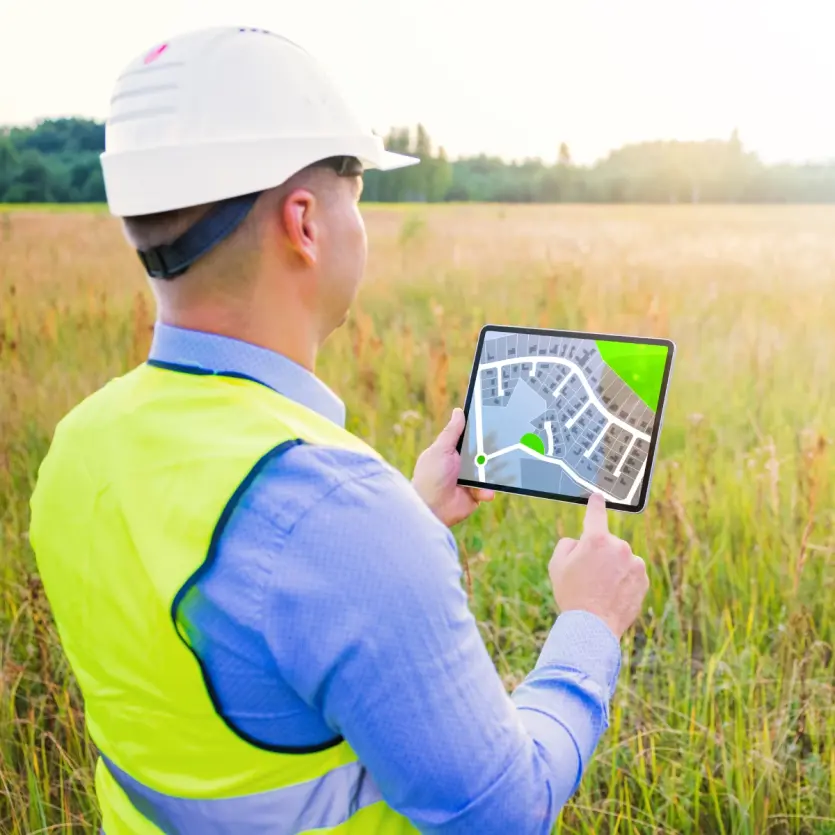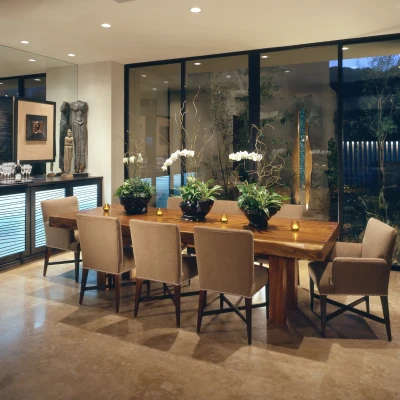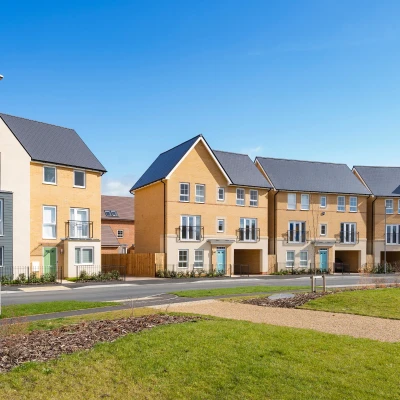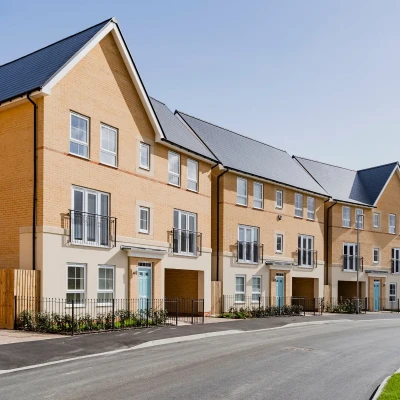The Evolution of Build to Rent: A Decade of Transformation

What began as a niche concept in the early 2010s has become a cornerstone of the rental market, meeting the needs of a growing demographic of renters while addressing critical housing challenges.
A Decade of Growth and Innovation
The roots of BTR’s transformation can be traced back to pivotal policy changes. The 2013 Montague Review was a turning point, as it introduced fiscal and planning incentives that made institutional investment in purpose-built rental housing more viable. This report signaled a recognition of BTR as a distinct housing solution, paving the way for its rapid growth.
By 2016, the Housing and Planning Act further streamlined development processes for BTR schemes, enabling quicker delivery of high-quality housing. Local authorities began to create planning frameworks specific to BTR, acknowledging its unique role in the housing landscape. While there is still work to be done in standardising these frameworks, the progress has been undeniable.
Expanding Horizons: The Rise of Single-Family Housing in BTR
While BTR developments initially focused on urban apartment living, the sector has evolved to embrace single-family housing as a vital offering. This shift addresses a growing demand from families and professionals seeking the benefits of BTR in suburban or semi-rural settings.
Single-family Build to Rent homes combine the privacy and space of traditional family homes with the professional management, modern amenities, and flexibility that define the BTR sector. For renters, this means access to high-quality housing options in locations that support family life, with the added convenience of maintenance-free living and community-focused design.
For Leaders Romans Group, single-family housing represents a key growth area, exemplified by developments such as Buckler’s Park in Crowthorne and Sandy Lane in Northampton. These projects highlight the potential of BTR to cater to diverse demographics and play a pivotal role in addressing housing shortages.
Meeting Changing Tenant Expectations
The BTR sector has evolved in response to shifting tenant demands. Modern renters increasingly prioritise flexibility and amenities that enhance their quality of life. BTR developments have risen to the occasion, offering features such as co-working spaces, gyms, and concierge services.
Moreover, BTR has expanded its reach to cater to a diverse demographic. From young professionals to families, including those seeking single-family homes, BTR properties are designed to meet a variety of needs, emphasising community and convenience.
Sustainability at the Forefront
As the housing market embraces sustainability, BTR has been at the cutting edge. Many developments incorporate renewable energy solutions, low-carbon construction methods, and energy-efficient designs. This not only aligns with tenant preferences but also appeals to institutional investors focused on environmental, social, and governance (ESG) goals.
A Magnet for Investment
Institutional investment has been a driving force behind BTR’s evolution. In 2023 alone, the sector attracted £4.5 billion, drawn by its stability, inflation-linked returns, and dual revenue streams from rental income and property appreciation. This level of investment has enabled the sector to scale quickly and weather economic downturns more effectively than traditional housing models.
Looking Ahead
The next decade promises even greater opportunities for BTR. With government initiatives like the Affordable Homes Programme and housing guarantees, the sector is poised to play a pivotal role in meeting ambitious housing targets. At the same time, ongoing legislative changes and tenant expectations will continue to shape its growth.
As BTR matures, its commitment to innovation, sustainability, and tenant-first design ensures it will remain a transformative force in the UK housing market. Whether it’s urban apartments or single-family homes, Build to Rent is redefining what it means to rent in the UK.

Contact Us
Got a question, general enquiry or something else?
You may also like
Since we started in 1987 we have grown to one of the UK’s largest property groups, we can save you time and money by offering a range of services and expertise under one roof.



